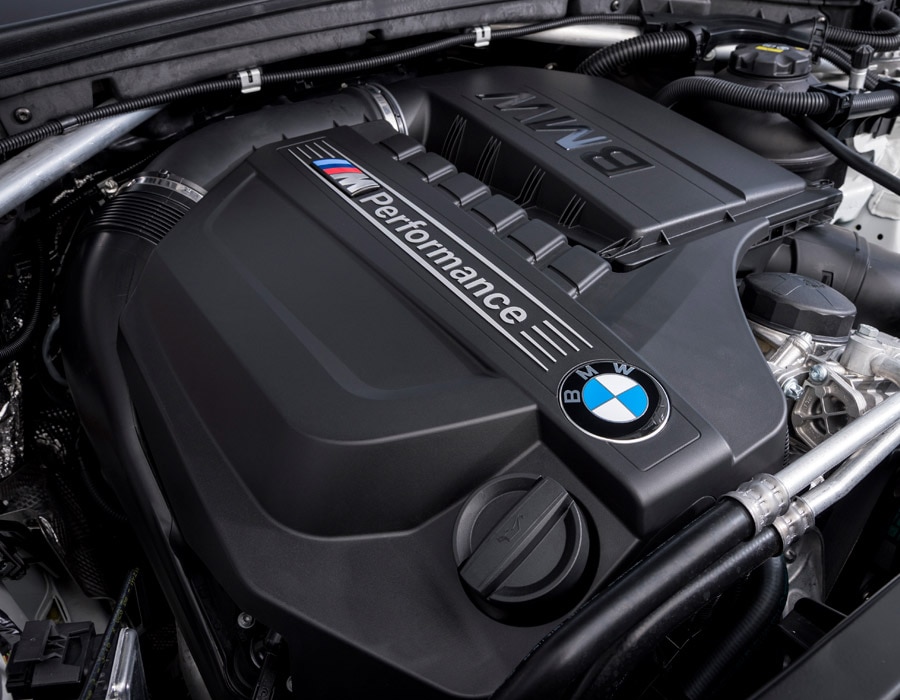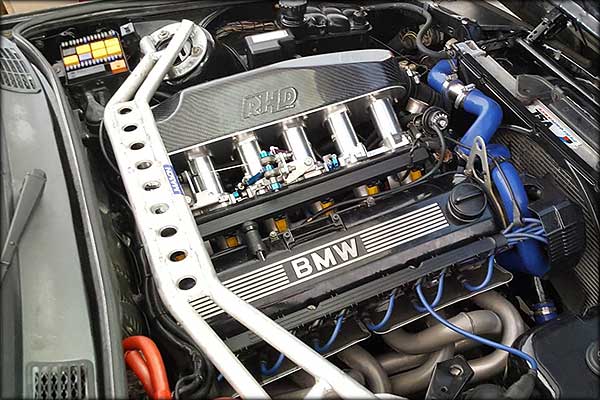Revealing the Tricks Behind the Power of the BMW Engine
Checking Out the Advancement of Burning Engines in Modern Transport Solutions
As we browse the landscape of modern-day transport, the development of combustion engines stands as a testament to human ingenuity and engineering prowess. From their modest starts to the innovative giants thrusting lorries today, burning engines have actually gone through an impressive journey of innovation and adjustment. Recognizing the details of this advancement not just drops light on the past but also leads the way for imagining what lies ahead in the world of transport innovation. The interplay of background, innovation, and environmental concerns in shaping the trajectory of burning engines produces a narrative that is both insightful and engaging.
Early Beginnings of Combustion Engines
Exactly how did the concept of combustion engines initial emerge in the onset of transport development? When the principles of internal combustion were initial checked out, the roots of combustion engines can be traced back to the 17th century. In 1673, Christian Huygens conceived a fundamental interior combustion engine that made use of gunpowder to create power. It wasn't till the late 19th century that useful applications of burning engines in transportation started to emerge.
The innovation minute included the development of the very first successful gasoline-powered engine by Karl Benz in 1885 - bmw engine. This engine led the way for the development of the modern vehicle, reinventing transport systems worldwide. Subsequent advancements by Nikolaus Otto and Gottlieb Daimler additionally refined combustion engine innovation, bring about the mass production of vehicles and the fast development of the transport sector
These early combustion engines were characterized by their simplicity and efficiency, laying the foundation for the facility and effective engines made use of in modern-day transport systems. The development of combustion engines has been instrumental in shaping the means we take a trip and move items, noting a considerable milestone in the history of transport advancement.
Shift to Internal Combustion Modern Technology
The shift to interior combustion modern technology noted a critical shift in the evolution of transport systems. This shift began in the late 19th century, with innovators like Nikolaus Otto and Gottlieb Daimler creating the very first successful inner burning engines. These engines transformed transport by using a more powerful and reliable alternative to vapor engines and electrical motors.
One of the vital advantages of internal burning engines was their capacity to be reduced to match lorries, resulting in the development of bikes and vehicles. This change from bulky, fixed engines to compact, mobile ones led the way for the modern-day transportation systems we see today.
The change to internal burning technology likewise stimulated improvements in fuel innovation, bring about the advancement of fuel and diesel as main gas sources for automobiles. This change not only made transport more obtainable to the masses but likewise laid the structure for the oil and gas market to end up being integral to worldwide economic situations.
Impact of Combustion Engines on Transport
The adoption of burning engines in transport systems catalyzed a profound change in the performance and rate of global wheelchair. Burning engines revolutionized transportation by supplying a reputable and functional resource of power for various cars, consisting of vehicles, planes, vehicles, and ships. This technology significantly enhanced the capability for products and people to conform cross countries in shorter period, causing boosted connection in between regions and nations.
Additionally, the widespread use combustion engines has actually had a substantial influence on financial advancement. The capability to deliver products effectively has stimulated trade and commerce, enabling services to expand their markets and get to customers worldwide. look these up This has actually helped with economic development and globalization, as items can now be carried quicker and in larger amounts than in the past.
Nevertheless, the environmental influence of burning engines can not be ignored. The combustion of nonrenewable fuel sources has actually resulted in air pollution and greenhouse gas exhausts, adding to climate adjustment and presenting health and wellness risks to populaces. bmw engine. Because of this, there is a growing focus on developing different propulsion innovations to reduce these adverse impacts and create an extra sustainable future for transport
Advancements in Combustion Engine Layout
One significant development is the advancement of turbocharged engines, which use exhaust gases to drive a turbine that compresses inbound air, permitting for even more fuel to be charred, resulting in enhanced power output without a significant rise in engine dimension. Variable shutoff timing systems have also revolutionized engine design by maximizing air movement at different engine speeds, boosting both power and performance. These technologies jointly contribute to the continuous renovation of burning engines in contemporary transportation systems.
Future Fads in Burning Engine Advancement
With technology innovations driving continual development, the future of combustion engine growth is poised to revolutionize transport systems worldwide. One of the vital patterns in burning engine growth is the push in the direction of better efficiency and minimized emissions. Makers are spending greatly in r & d to boost engine performance click for source while fulfilling strict ecological policies. This consists of the combination of innovative fuel shot systems, improved turbocharging techniques, and using lightweight products to optimize gas consumption and decrease carbon exhausts.
One more noticeable trend is the adoption of hybrid modern technologies in burning engines. Hybrid engines combine standard burning modern technology with electric power, providing enhanced gas efficiency and lower emissions. As the automotive market changes in the direction of electrification, crossbreed combustion engines are seen as a transitional service that connects the space in between standard vehicles and fully electric ones.
Additionally, the assimilation of clever modern technologies, such as artificial intelligence and data analytics, is expected to play a considerable duty in the future of burning engine growth. These modern technologies can maximize engine efficiency in real-time, leading to more efficient burning procedures and boosted total lorry efficiency. Accepting these future patterns will certainly not only drive development in combustion engine advancement however likewise add to a more sustainable and eco-friendly transportation community.

Verdict
In verdict, the advancement of combustion engines in modern transportation systems has been marked by substantial innovations in modern technology and layout. From the very early starts of burning engines to the change to inner burning modern technology, these engines have actually had an extensive influence on transportation. Advancements in get redirected here combustion engine style remain to drive progress in this area, with future fads concentrating on additional enhancing effectiveness and decreasing emissions. The future of combustion engines in transport looks encouraging as r & d efforts continue to push boundaries.
The roots of burning engines can be mapped back to the 17th century when the principles of internal burning were very first checked out. These engines transformed transport by using a more effective and effective choice to heavy steam engines and electric motors.
